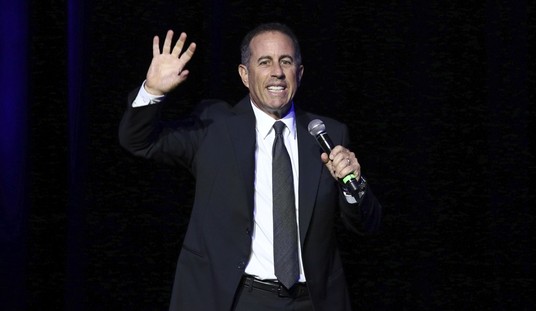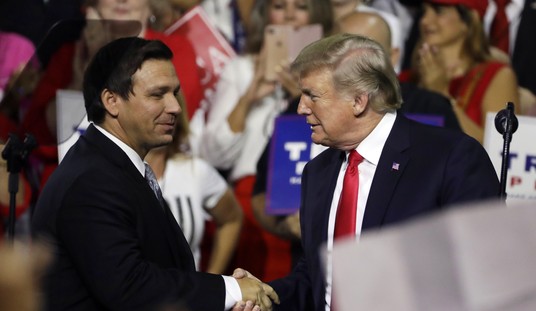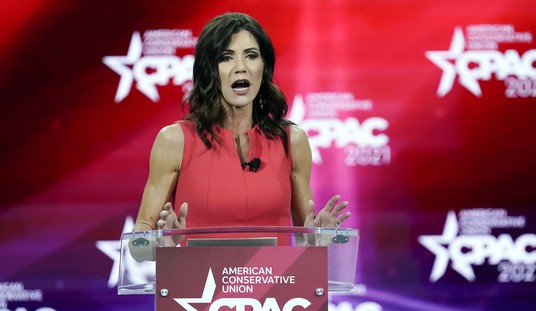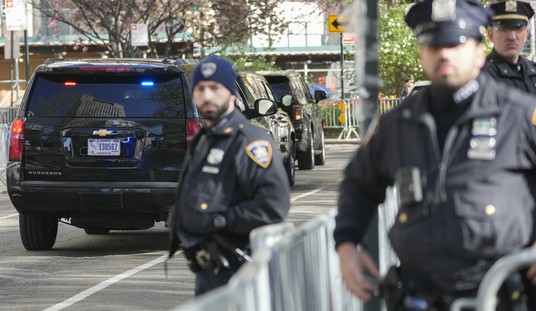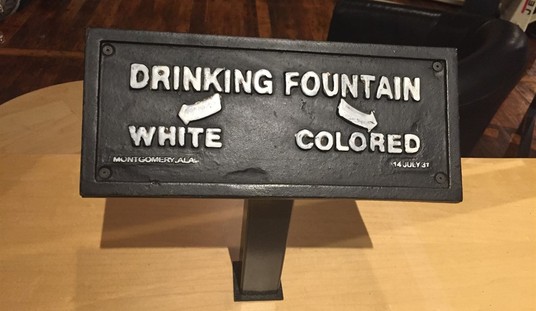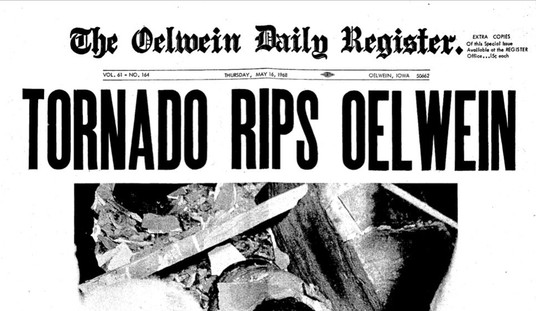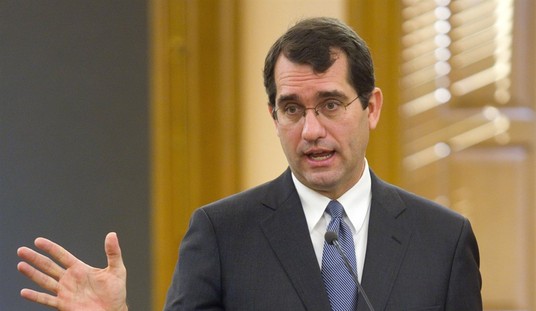For many of us, the 3st will mean a form of celebrating in one form or another, usually with a crowd, and most likely involving at least one midnight tipple of the celebratory drink, champagne (or one of the legally mandated varieties like “sparkling wine”). This has been the case in this country since not long after our founding, but it is unsurprising that the drink had its foundations in nobility.
Start back around the fifth century with French King Clovis. After conquering regions and uniting France under a solitary rule, he staged a ceremonial baptism for himself to appease his wife in the champagne region. This kicked off a French tradition of its kings holding their coronations in the area, and as expected, the local drink was prominently featured. Then champagne went through a couple of revolutions - one literal.
In the 1600s, a now-famous monk named Dom Perignon made a number of major revisions to the process, from cultivars and corking methods, and by the time of Louis XV, the drink was prized by nobility to the extent that he passed laws regarding its production and exclusivity of naming. Then came the French Revolution, following which champagne methods became more commonplace, the popularity and availability of the drink grew as the price came down and lower classes had access to the prized bubbly.
In the U.S., celebrating the new year with midnight gatherings was becoming commonplace in the early 1800s, and champagne was frequently involved. By the mid-century, this practice led to marketing champagne as a drink for many occasions, like weddings and other forms of revelry. From the 1850s to the turn of the century, champagne sales surged from a few million bottles sold to nearly 30 million. Today it has become entrenched as a staple for any celebratory event. Since the pandemic, France has exported well over 300 million bottles annually, and that figure excludes figures of California and Italian variations.
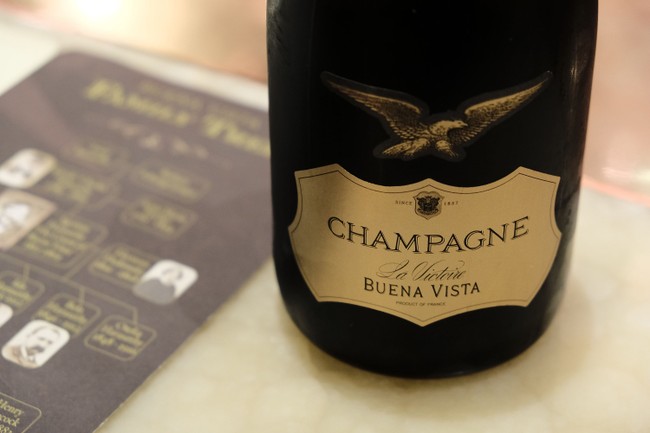
So yes, tonight you are likely to encounter the bubbly, but how will you do so? First, let’s look at the varieties of sparkling wine you are likely to see.
CHAMPAGNE - The traditional is notably acidic with strong carbonation, usually made from a base of Chardonnay and/or Pinot grapes.
PROSECCO - This Italian version has surged in popularity as it has less of a bite and some of the grape flavors are somewhat more pronounced.
ASTI - Usually less carbonated and sweeter in nature, this is a good choice for those who normally do not favor champagne.
CAVA - This is Spain’s version, trending closer to champagne but normally produced with a blend of vintages rather than a solitary batch for more consistent flavors.
LAMBRUSCO - This is an Italian sparkling red that delivers fruity notes and, since it is affordable, is a good option to lend variety to a party.
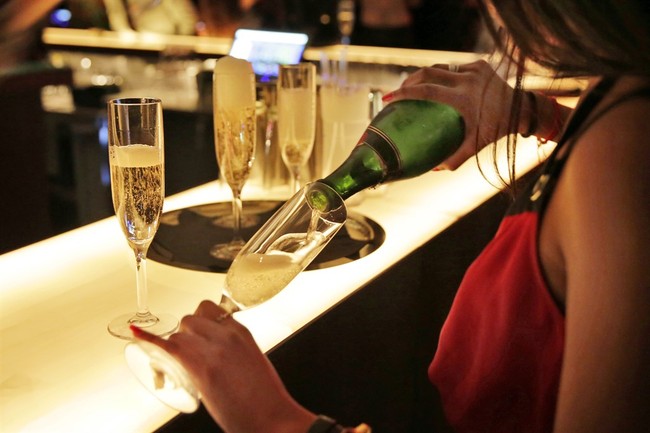 Now to bring some cocktail options, as opposed to going with straightforward stemware sipping.
Now to bring some cocktail options, as opposed to going with straightforward stemware sipping.
TINSEL TOWNE
I always garner surprised reactions to this one, as the unexpected pairing of strong cinnamon delivers deeply enjoyable results. The bubbles making the gold flakes dance is an enhanced effect.
¾ oz. Goldschlager Schnapps
Fill the glass with a dry champagne
EMERALD EYE
This is both delicious and a good option for those guests who are not big champagne fans.
1 oz. Melon Liqueur (Midori)
2 oz. Lemonade
4 oz. Asti
Rim a champagne glass with sugar and then add the chilled ingredients. If you want a more standard cocktail, have cut fruits and serve on the rocks.
Here is a good option tonight for those who are not huge champagne fans-
— Brad Slager: Flips On The Highbeams In Fog Of War (@MartiniShark) December 31, 2023
Shot of Melon liqueur, 2 ounces lemonade, fill with champagne. Can be served up, or with cut fruit over ice. pic.twitter.com/xx8P55nwZj
APEROL SPRITZ
The famed orange liquor makes for a potent sipper with a nod to the well-known Mimosa.
2 oz. Aperol
5 oz. Prosecco
1 oz. Club Soda
Garnish with an orange slice. If you desire to make a less potent variation, you can cut back on the champagne and balance with club soda.
PINEAPPLE MIMOSA
This is a delicious version of the Sunday brunch favorite, which can be either a good starter for the evening or a great morning-after tonic.
1 oz. Pineapple Vodka
3 oz. Asti
3 oz. Pineapple Juice
Garnish with a pineapple wedge.
ELDERFLOWER CONFETTI
An elegant option for the ladies my cocktail podcast partner @AggieRican favors. St. Germaine is the standard here, but any elderflower liquor serves well.
2 oz. Elderflower Liqueur
4 oz. Dry Champagne
1 oz. Club Soda
Garnish with a lemon twist.
BLACK VELVET
Now one for the gentlemen. The pairing of a dark beer with champagne may strike as odd, but this combination has been popular since the 1800s. Depending on the glass size you mix in equal parts, and you can make versions depending on taste.
4 oz. Guinness Stout
4 oz. Champagne
OR
4 oz. Milk Stout
4 oz. Prosecco
You can attempt to layer in the glass by pouring the beer first, then use a bar spoon to slowly pour the champagne over, to float the ingredients.
Here is an option to consider for tonight's revelry - the BLACK VELVET
— Brad Slager: Flips On The Highbeams In Fog Of War (@MartiniShark) December 31, 2023
Half champagne, half dark beer - and layered if you have mad skills. pic.twitter.com/3vXmtxTuS5




